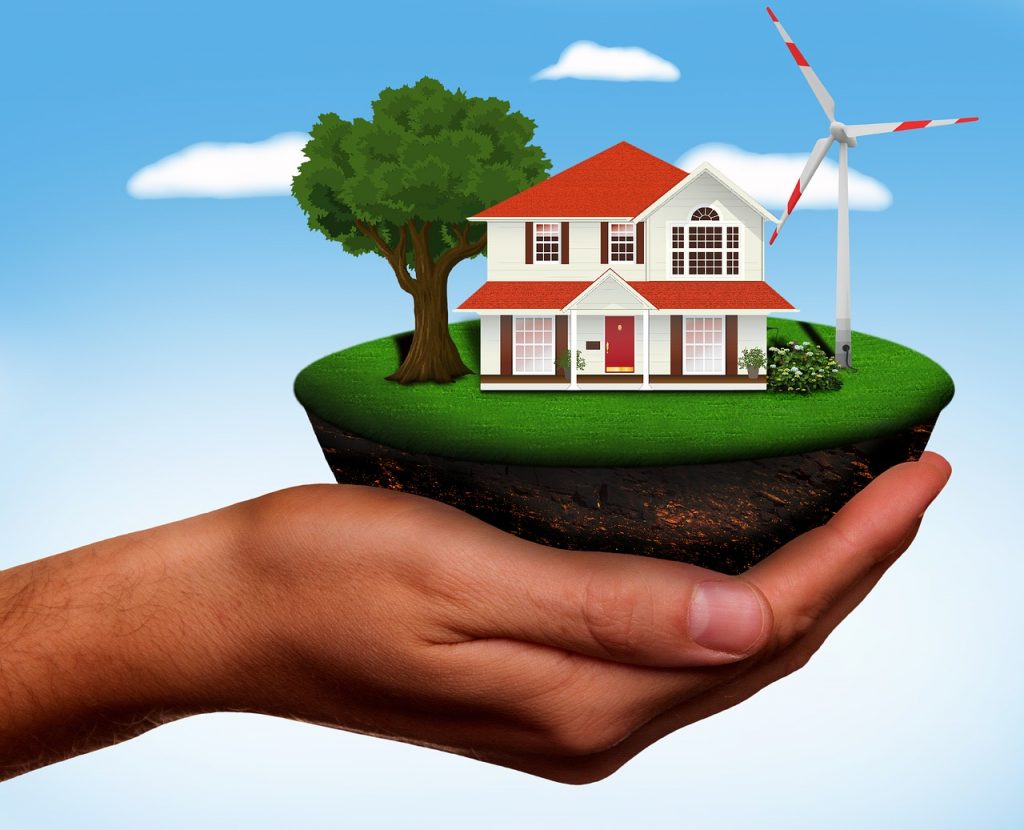The new National Energy Strategy for Italy, presented last week by the government, has set new targets that will transform the Italian energy sector, which will reduce the gaps with the other EU countries.
At 2015, renewable energies accounted for 23% of national energy mix, which still sees natural gas accounting for a large share, 40% and coal for 15%. Estimates showing that our country is on the right track, however, by 2025-30 many challenges are at the door.
It has been estimated that the transition to a coal free energy will have a social cost of roughly 2.7 billion euros; most of the efforts, then, will focus on improving of energy-mix and the performances in terms of efficiency. Indeed, the efficiency target of 9 Mtep requires a radical shifts of by Italian authorities from the industry sector to transports and the residential one. The former, will be renewed with a subsides scheme to make less polluting car-models more competitive. The latter, instead, will experience a reform of the eco-bonus, to favour further developments in the energy efficiency of Italians homes, mimicking the German KfW model.
Regarding the de-carbonisation of our energy sources, things are not quiete simple. By 2025-2030 renewables should account for 50% and the Italian government aims at reducing the coal capacity by GW, which means shutting down of the whole active plants, and this ambitious transition we well know does not come at zero-cost. However, the main obstacle hampering Italian plans is still here: energy imports. To give you a brief insight, just Italy imports around 76% of its energy resources, one of the biggest importer among OCSE, and at the same time is the fourth biggest energy consumer in Europe – 169 million of Mtep in 2016.
Although, we have largely achieved the 2020 EU targets for renewable energy and the Italian photovoltaic energy production is the largest in the world, accounting for 8% of the total energy output.
So what shall we do next?
According to Italian Minister of Economic Development, Italy must be able to balance the high goals set with investments and infrastructures in other sources than renewables, with a particular consideration on natural gas and thermo-electric.
The energy-challenge is mandatory for Italy, which urgently needs competitive prices for the manufacture sector, as our firms may pay up to 45% more compared to the European average.
Source: Il Sole24Ore, May 11 2017.



